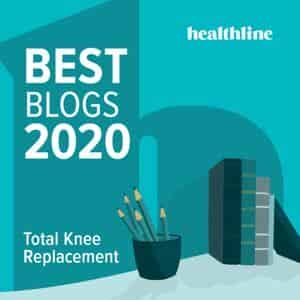@CricketHip encouraged me to post here to share what's going on, and so I do so with a bit of chagrin. Much as I try not to, I am now reaching rewards status in the ODIC. I feel like an idiot, because I've managed to irritate multiple things at once. Some of it was the move, some from walking in my hilly new neighborhood and some from moving pots on my patio two weeks ago. Leg length is also playing a role because the operative leg has to flex more at the knee when walking.
@Aline , I now understand a bit more about what you are going through. I'm getting strange sensations in my leg - sometimes the entire thing and sometimes just the thigh. It's like a jolt in certain positions or when shifting weight. My right butt cheek still hurts and now the hip flexor/psoas tendon is acting up in the groin after today's walk and trying to stretch it gently this morning on the bed.
I spoke to the PA and the physical therapist last week and both felt that it was some kind of inflammatory cycle I need to break by reducing the amount of walking and taking ibuprofen. So far, that has had limited success. I did nothing for two days except heat and rest and just walked a little today.
As
@Eman85 said in another thread, the challenge is to prevent yourself from thinking that you've damaged an implant, but that did cross my mind and I reached out to Josephine just in case. The PA said it would take a lot to shift the implant, so there's that.
Tuesday will be 4 months. Had I not moved houses so quickly, I think I'd be on a different path now, but as
@cstinchcomb said, we cannot undo the past. Still, I sure wish I'd done the surgery after the move so that there wouldn't have been so much disruption during month 3 of the recovery.
Regards,
-Doug
 United States
United States



 Happy Three Month Anniversary too!
Happy Three Month Anniversary too!

